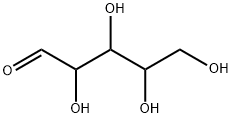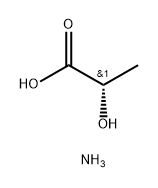
Ammonium acetate synthesis
- Product Name:Ammonium acetate
- CAS Number:631-61-8
- Molecular formula:C2H7NO2
- Molecular Weight:77.08

64-19-7
1628 suppliers
$10.00/25ML

631-61-8
832 suppliers
$11.19/100G
Yield:-
Reaction Conditions:
with ammonia in lithium hydroxide monohydrate;
Steps:
3
Example 3 N-Acetyl methionine formed according to example 1 was hydrolysed to methionine and the acetic acid formed was reacted with ammonia to give acetamide. 6.40 g of N-acetyl methionine were dissolved in 50.4 g of water. The solution was transferred to a 100 ml pressure vessel and heated to 165 °C whilst stirring for 5 hours, during which the pressure remained constant at about 9 bar (9,000 hPa). After cooling to room temperature, the solution was filtered and the recovered methionine was dried in vacuum. N-Acetyl methionine conversion 93 % Yield (methionine) 90 % (60 % isolated) Yield (acetic acid) 92 % The presence of the dipeptide Met-Met as well as the diketopiperazine formed from two methionine molecules were detected by HPLC (> 0.5 % overall). The filtrate containing the acetic acid formed during the hydrolysis, as well as trace amounts of the starting N-acyl amino acids, is mixed with MIBK in a counter flow extraction column. The acetic acid is transferred into the organic layer and the aqueous solution containing impurities and the remaining unreacted starting material is returned to the hydrolysis reaction vessel. A part of the said solution is also discarded in the form of a purge, in order to prevent the build-up of unwanted side products. The organic layer containing the acetic acid is then fed into a second counter flow extraction column, where an aqueous solution of ammonia is used as the counter flow. The reaction leads to the formation of an ammonium carboxylate which is subjected to a dehydration reaction in order to obtain acetamide as described in EP 919 539 A1. The MIBK is then removed and after drying recycled in the first extractor column.
References:
WO2005/121079,2005,A1 Location in patent:Page/Page column 12-13
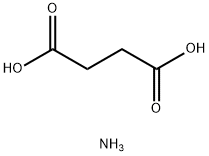
2226-88-2
192 suppliers
$345.00/100g

64-19-7
1628 suppliers
$10.00/25ML
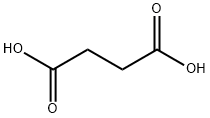
110-15-6
1026 suppliers
$5.00/10g

631-61-8
832 suppliers
$11.19/100G

7664-41-7
523 suppliers
$15.00/100ml

64-19-7
1628 suppliers
$10.00/25ML

631-61-8
832 suppliers
$11.19/100G
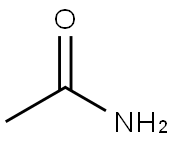
60-35-5
530 suppliers
$13.00/25g

7732-18-5
507 suppliers
$13.50/100ML

631-61-8
832 suppliers
$11.19/100G
